7 Transport Myths Busted
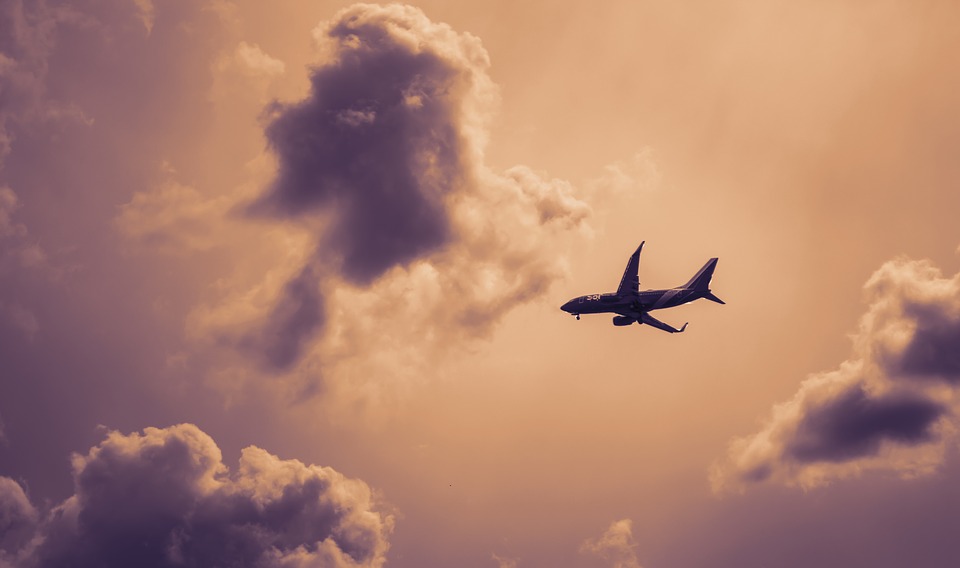
From airborne bugs to petrol pump pyrotechnics, we uncover some transport truths
1. “THE BERMUDA TRIANGLE IS DANGEROUS”
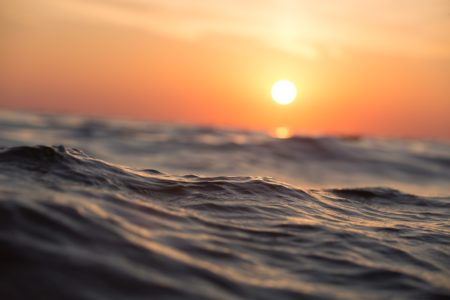
Legend has it that the subtropical Bermuda Triangle region of the western North Atlantic is the site of hundreds of tragic and unexplained disasters. The stories surrounding the fateful disappearance of planes and ships in the area between Miami, Bermuda and Puerto Rico are often centred around the supernatural. There are fanciful tales describing rifts in space-time sucking in unsuspecting sea-faring travellers, or the area being haunted by the souls of African people enslaved by the British. Some theories have even suggested that aliens might be responsible for the eerie events. However, the truth is much less paranormal. The foundations of this myth are rooted in the time of Christopher Columbus, who reported witnessing a great flame of fire (likely a meteor) crashing into the ocean as he sailed through the triangle during his first voyage to the New World. Later, in the 20th century, the naval cargo ship USS Cyclops went missing in the Bermuda Triangle, along with the 300 or so people on board. No remains of the ship or crew were found, and no distress call had been made despite the ship having the equipment to do so. One of the most mysterious events since then involved the small ship Witchcraft. In December 1967, Witchcraft hit something apparently minor within 1.6 kilometres of the shore. Calmly, the experienced captain onboard, Dan Burack, said they needed to be towed but it wasn’t an emergency, and he’d fire a flare to indicate his position. Assistance arrived within less than 20 minutes, but he was nowhere to be found and neither was his boat or crew. Burack was a cautious yachtsman and had attached a floatation device to make the boat virtually unsinkable, so even if the hull had been ruptured and the boat flooded, part of it would remain above water. Yet no debris was ever found, despite searching over 63,000 square kilometres. There are countless other stories, some steeped in folklore and more embellished than others. But statistically, there have not been more wrecks in this area. That doesn’t mean that the Bermuda Triangle is the safest of waters though. It’s known that storms, reefs and the Gulf Stream can cause navigational challenges, but these mysterious goings-on are mostly due to the sheer amount of traffic going through human error and bad weather, plus the heightened publicity given to accidents within the area.
2. “PLANES DUMP TOILET WASTE IN FLIGHT”
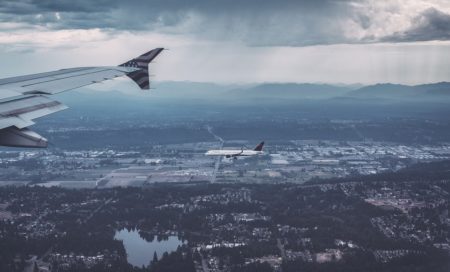
Visiting an aircraft toilet is generally an unpleasant affair. It’s difficult enough to squeeze into the cramped room and navigate onto the seat, without the additional concern of what may be about to be unceremoniously dumped into the sea. There have always been rumours concerning the fate of waste at altitude – that it is to be jettisoned from the aircraft, but it turns out that this is actually impossible to do. This is because airline toilets use either closed waste systems (which operate in a similar way to a house toilet) or a more modern vacuum waste system. Both store the sewage in holding tanks and require access to a valve on the outside of the plane to be emptied. However, there are cases where waste has seeped out of an aircraft accidentally because of a leak in the tank. The waste becomes immediately frozen, along with the blue waste treatment liquid. This grisly frozen mixture is known as blue ice. Though generally blue ice will collect on the outside of the aircraft and remain there until the plane has landed, there are occasions where it can come loose. Thankfully, most will melt and evaporate before hitting the ground, or an unlucky passerby, but occasionally the pungent snowball will remain intact. There have been verified reports of people and property being hit with blue ice, but it has never been intentional.
3. “AIRBAGS KILL MORE PEOPLE THAN THEY SAVE”
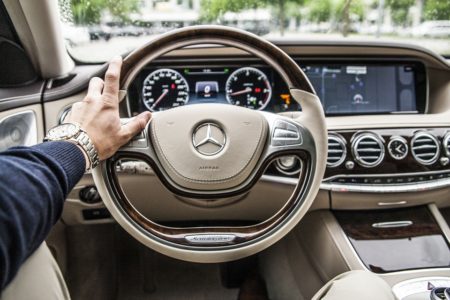
There’s no doubt that airbags save lives by reducing the impact of a crash, but there is still a rumbling of urban myths surrounding these road safety devices. You might have heard that airbags kill more people than they save, but this is incorrect. They generally only cause injury if they’re used incorrectly. The National Highway Tra ic Safety Administration estimates that between 1987-2015, a total of 44,869 lives were saved. While, between 1990-2008, more than 290 fatalities had occurred. So, unless you ignore safety guidelines, it is much riskier to drive a car that’s not fitted with airbags than one that is.
4. “MOBILE PHONES CAN BRING A PLANE DOWN”
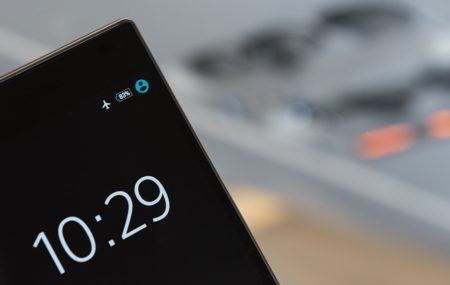
Have you ever noticed that sometimes, usually just before your phone rings, your speakers start emitting a static sound? That’s cellular interference, and it’s quite annoying. It’s even more annoying if it’s being blasted through your headset when you’re a member of the flight crew trying to organise irritated passengers while simultaneously preparing to launch an 80-ton plane 12,000 metres into the air. Not being allowed to use your phone onboard actually has nothing to do with potentially causing a crash: it’s more due to the risk of this cellular interference sound distracting flight crew. There is almost no risk of causing a plane crash because you were using your phone, but aviation authorities understandably choose to err on the side of caution. Modern aircraft have electronics that are designed to shield them from interference from cellular communication. It’s estimated that at least half of all phones are not switched onto flight mode, and there remains no known flight that was adversely a ffected by this kind of interference. So while you could send those last few Snapchat selfies as your flight takes o , for the sake of the crew, it’s probably best not to risk it.
5. “THE TITANIC WAS KNOWN AS ‘UNSINKABLE’”
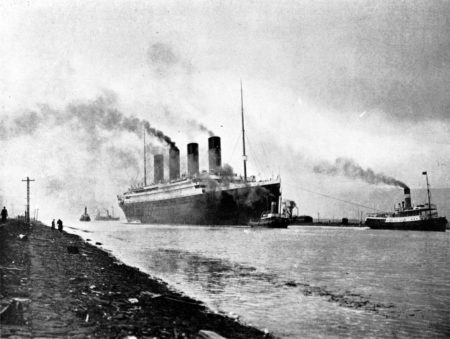
Submerged nearly four kilometres beneath the surface of the icy North Atlantic Ocean lies the red-rusted remains of the magnificent ocean liner the RMS Titanic. This iconic passenger vessel is remembered as the unsinkable ship, but did anyone at the time really believe this to be true? Evidence suggests that while passengers and crew did feel they were aboard an exceptionally safe vessel, there had been no advertising of the liner as being ‘unsinkable’. This phrasing only came from the White Star Line after the Titanic had sunk. When reports of the sinking ship reached America on the morning of the 15 April 1912, Philip Franklin (the vice president of the company) announced, “There is no danger that Titanic will sink. The boat is unsinkable and nothing but inconvenience will be su ffered by the passengers.” Previous to the sinking of the Titanic, the only known record of someone saying the ship was unsinkable came from a crewmember to calm the nerves of the passenger Mrs Sylvia Caldwell. It’s reported he said to her, “God himself could not sink this ship!” The belief that the Titanic was ever seen as the unsinkable ship is a result of latter-day myth-making and sensationalism.
6. “RECIRCULATED AIR INSIDE PLANES SPREADS DISEASE”
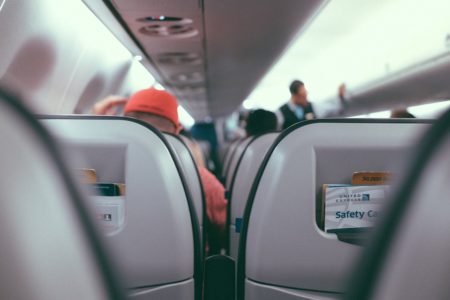
Nothing says uncomfortable like being trapped inside a confined space with only questionable aeroplane food and the thought that you’re breathing the same continuously recirculated air for the next few hours. You become very aware of the number of people who are coughing, sneezing and spluttering their way through the aircraft, convinced you will quickly succumb to the sniffles. It might feel like you’re breathing in air saturated with germs, but modern aircraft now have exceptionally powerful systems that use HEPA filters to catch up to 99.97 per cent of airborne microbes. The air is also filtered and recirculated approximately once every two to four minutes. In fact, it’s probably cleaner than the air in your office, which is usually only refreshed about 12 times an hour. The supply of fresh air in a plane isn’t lacking either, with 50 per cent of the cabin supply being crisp air from outside. This air is drawn into the plane continuously via compressor stages in the jet’s engines. So the next time you’re on a flight, while there might not be much you can do about the person kicking your seat, at least you can breathe easy about the air quality.
7. “USING YOUR PHONE AT THE PETROL STATION COULD CAUSE AN EXPLOSION”
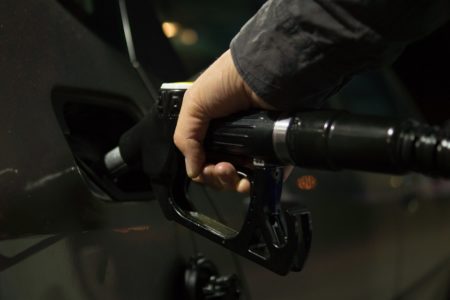
Mobile phones have been held accountable for causing horrific accidents, but much like the stories of crashing planes, exploding petrol stations are also a myth. There is absolutely no scientific evidence to suggest that emitted radiation from a mobile phone can ignite gasoline vapours, but the rumour was propagated with the best of intentions. Phone manufacturers started this by printing warnings about phone use near gasoline in user manuals, and in response to this, oil companies reacted with caution, with both industries working together to enforce something they felt would protect people. But, once evidence had come to light to disprove the fire theory, petrol stations that chose to keep the ‘phones off’ rule did so because they’re an unwanted distraction, rather than a danger.
This article was originally published in How It Works issue 108, words by Charlie Evans
For more science and technology articles, pick up the latest copy of How It Works from all good retailers or from our website now. If you have a tablet or smartphone, you can also download the digital version onto your iOS or Android device. To make sure you never miss an issue of How It Works magazine, subscribe today!





